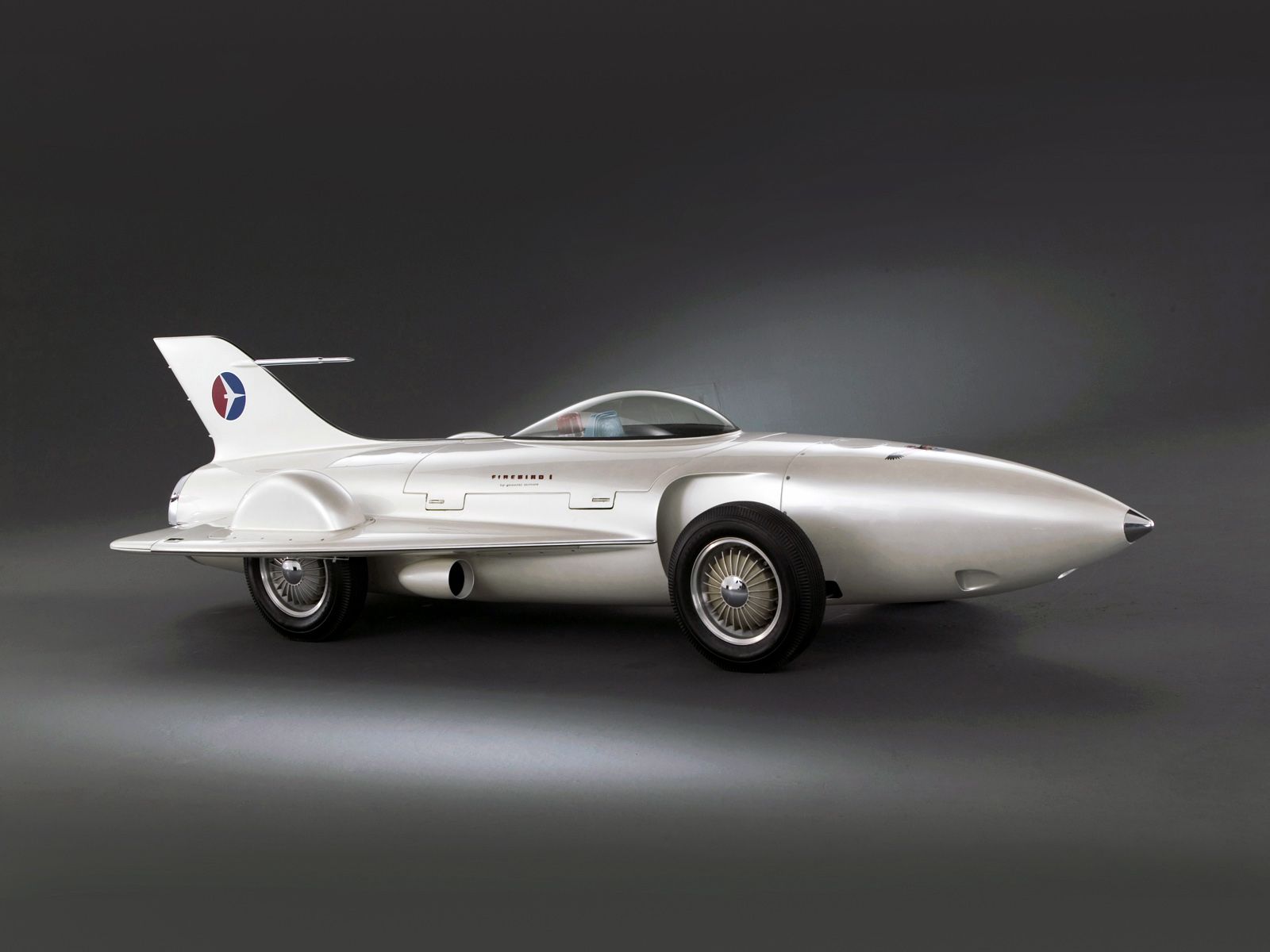Top the most strange cars in the world
Are you one of those people that watch movies like James Bond, Mission Impossible
Taxi ? But, if you really want to stand out of the crowd – what you need is something that cannot be found in any auto store. Something crazy, strange and absolutely unique.
What happens when creators balance aesthetics, functionality, and their personal vision of the future is one reason we love cars. That’s especially true when the results leave us wondering, “How could anyone think this was a good idea?”The history of automotive design is littered with bold attempts to create vehicles so different in how they look and how they work that they render obsolete everything that’s come before. The most daring of these are usually concept cars, which aren’t limited by practicality or government regulations.
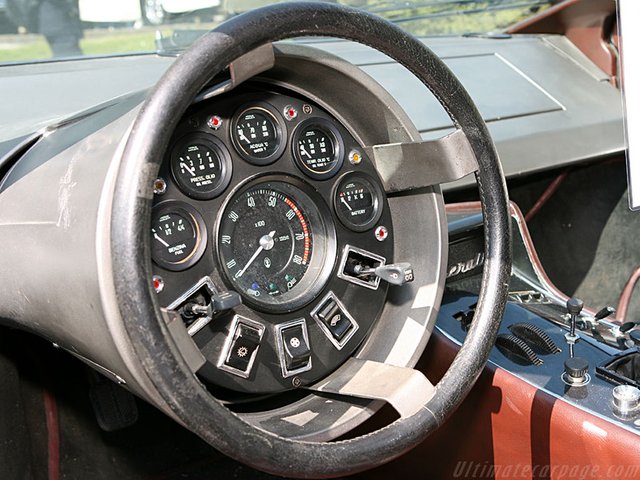
PEEL P50
The Peel P50 is a three-wheeled microcar originally manufactured from 1962 to 1965 by the Peel Engineering Company on the Isle of Man. It had no reverse gear, but a handle at the rear allows the very lightweight car to be manoeuvred physically when required. This pint sized car, compared to a normal car, can easily fit one person inside and have them rush through traffic at the speed of 61km/h at max. It weighed 56 kg.
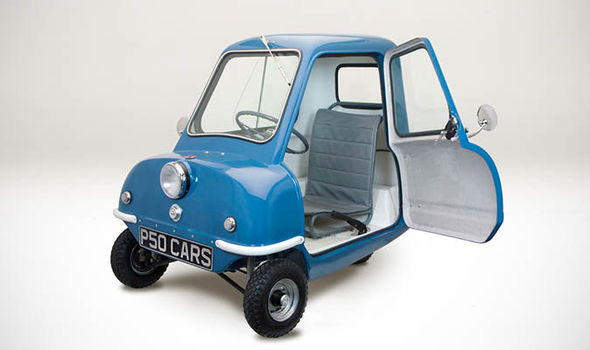
Honda Puyo
It's a fright - Honda Puy is a concept car that uses hydrogen fuel.
The main feature of the car is a soft luminescent body. You can go up and poke your finger - the panel will give in. It is suggested to forget about energy-absorbing zones, belts with retractors, airbags. The soft-box shape makes for a spacious interior. Occupants are surrounded by large glass windows and a full glass roof. There is a soft blue glow in the footwells, and the seats have an imprint of the car's odd shape. The Puyo has zero-radius four-wheel steering, using a joystick instead of a steering wheel.
The car itself should become a pillow. And the ride will be quiet, delicate, caring for other participants in the movement.
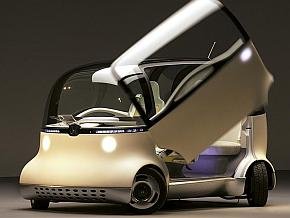
BMW GINA Light Visionary Model
The BMW GINA Light Visionary Model concept came from BMW design director Chris Bangle.GINA stands for “Geometry and Functions in ‘N’ Adaptations”. It is a concept sports car. Here, he covered the car’s exterior in polyurethane-coated spandex. This is a state of the art car whose exteriors are made entirely out of a shape-shifting fabric of sorts, which means that the car won’t heat up even at the highest temperatures and is water resistant.
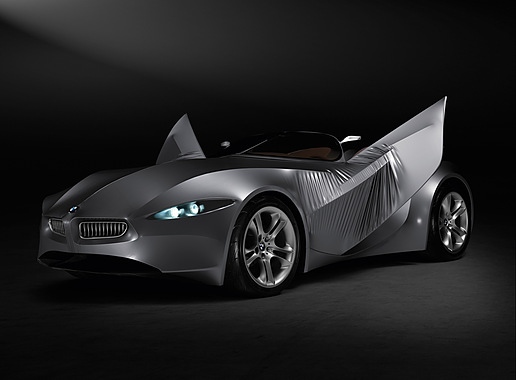
Mercedes-Benz «Count Trossi»
The Mercedes-Benz SSK is a roadster built by German automobile manufacturer Mercedes-Benz between 1928 and 1932. The name is an abbreviation of Super Sport Kurz, German for "Super Sport Short", as it was a short wheelbase development of the Mercedes-Benz Modell S. The supercharged 7.1-liter straight-6 is unique in that it's naturally aspirated at small throttle openings. Floor the throttle, though, and rods and flaps move to engage the supercharger. This combination of shorter wheelbase and great power made the SSKs favorite race cars despite their 3700-lb. weight. In 1930, Rudolf Caracciola became European Champion at the wheel of an Mercedes SSK.
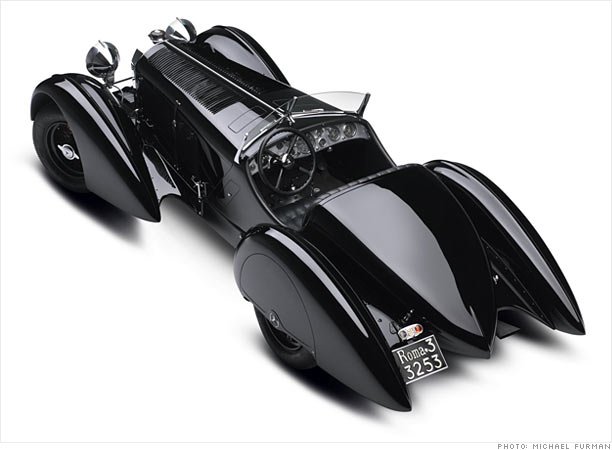
General Motors Firebird 1 XP-21
To describe today's supercars, we fall back on likening the Koenigseggs and Paganis of the world to jet fighters. The 1953 General Motors Firebird I XP-21 was an actual jet fighter, with four wheels, a tail fin, and a bubble cockpit. The turbine engine spun at up to 26,000 rpm to generate a whopping (for the time) 370 horsepower.
The cars' designer, Harley Earl, took his inspiration from the innovations in fighter aircraft design at the time. General Motors never intended the cars for production, but rather to showcase the extremes in technology and design that the company was able to achieve.
